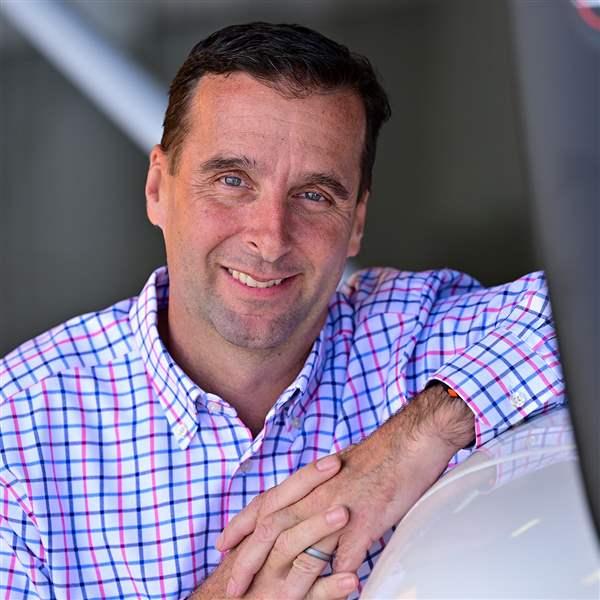 Aviation finance content sponsored by Aero-Space Reports
Aviation finance content sponsored by Aero-Space Reports
Turbine Pilot Finance: No surprises
Why does usage matter?
It could be said that there are only two types of airplanes to a lender: a nice-to-have asset or a working asset. Personal-use aircraft—shuttling company employees or the family for travel—are nice-to-have assets. The lender expects the aircraft to fly an average number of hours per year. An aircraft put on a Part 135 charter certificate or on leaseback with an FBO, however, will fly significantly more. These aircraft are considered working assets because of their high usage. The risk profiles of the two are very different.
From the lender’s perspective, should the borrower go into default or the business into bankruptcy on a nice-to-have asset, the airplane can be parked, turned over, and sold without adversely affecting creditors. The employees and the boss can return to flying commercial airlines. It’s not essential to the function of the business. The depreciation trajectory for these airplanes is less steep and more predictable.
For this type of financing, lenders can predict a worst-case scenario of a reasonable return on the asset should they need to turn the airplane over. That’s an acceptable loan risk for many aircraft financers. An example of that acceptable risk is a 20-year amortization with 15 percent down on a relatively new airplane. This is typical of what AOPA Finance helps get for its clients.
Unfortunately, AOPA Finance has worked with some clients who allowed a well-meaning accountant or friend to suggest that additional use of the asset might have tax benefits, and they changed their mind midway through the deal. Recently a client decided to lease back the aircraft for rental, well into the financing process. Had AOPA Finance known sooner about his leaseback intentions, a better option from a different lender could have been negotiated.
The higher number of hours flown per year increases operational wear, which speeds up diminution of the airplane’s value, which in turn accelerates the loss in equity. If the buyer gets a loan based on personal/business use but then puts the airplane on a charter certificate, the likelihood of them being upside-down on the equity of that airplane within four years could be significant. When the time comes for the owner to sell and upgrade, he or she can’t without bringing money to the table. Alternatively, should the owner go into default, the lender would be unable to recoup the loan amount.
It’s also harder for a lender to step in and turn over a high-usage aircraft put on a charter certificate. That business exists to fly airplanes. In the case of a bankruptcy, a judge may acknowledge the revenue-generating potential of the airplane as a working asset. The judge could rule that the airplane must remain in service. The airplane’s value would continue to decline, and the lender would be forced to stand by while its asset loses money.
Knowing which lenders will finance working-asset aircraft is part of AOPA Finance’s expertise. Lenders that offer these particular deals do so because they have an intimate knowledge of the makes and models of aircraft used for such operations. They know financing high-usage aircraft is more akin to financing a business loan.
That’s why it’s important to know early in the process how you intend to use your airplane and to stick with that decision. It’s far better to know up front whether the airplane is a nice-to-have or a working asset rather than being inadvertently misled into thinking you can do something, which could end up costing you dearly.
Email [email protected]



